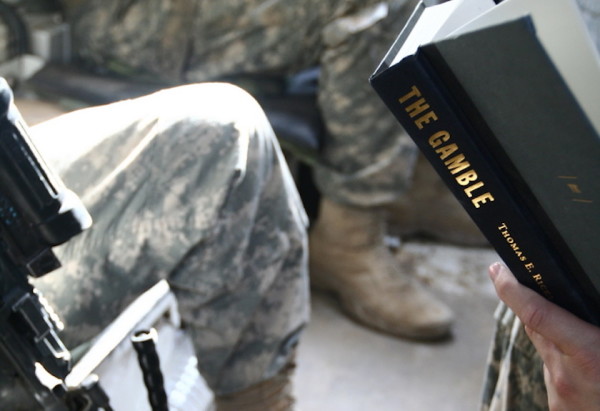

A friend mentioned that he found my approach to reading history so unusual that I thought I might write about it, briefly.
When I first pick up a book, I ignore the words on the jacket flap. Those are usually the product of an overworked 23-year-old publication assistant. They are written up and sent near the end of the editing process to an exhausted author, who by this point is unnerved by the whole process of finishing a book, dealing with an editor, reviewing the galleys, fixing them, fixing the fixes, and so on, and by this point responds, “Sure, whatever.” Instead, I first read the table of contents, to get an understanding of what the book aims to cover.
Next, I go to the acknowledgements. When I am reading 10 or 15 books on the same subject, such as American generalship in the Korean War, this is a fast way to see where the author is coming from. Who are his or her intellectual allies? Who gave this work their stamps of approval?
Third, I slowly read the entire index, start to finish. This shows in details what a book really covers. I want to know, Does it get to the five or six issues I am working on for the book I am writing? I will use the index entries to turn to parts of the book to see how it covers major controversies. How are they addressed? What are the author’s sources? Does it address interesting recent scholarship? Last week I spent half a day doing this with a book I expect to be important to the book I am writing now, about the educations of the first four American presidents.
By this point, I usually have a pretty good idea of what the book is about. At this point, I will make a decision about whether to read it.
I usually am able to do this all in about an hour, unless the book is big and the index thorough. But on occasion I have taken half a day to do it.
OK, well it interested my friend.
